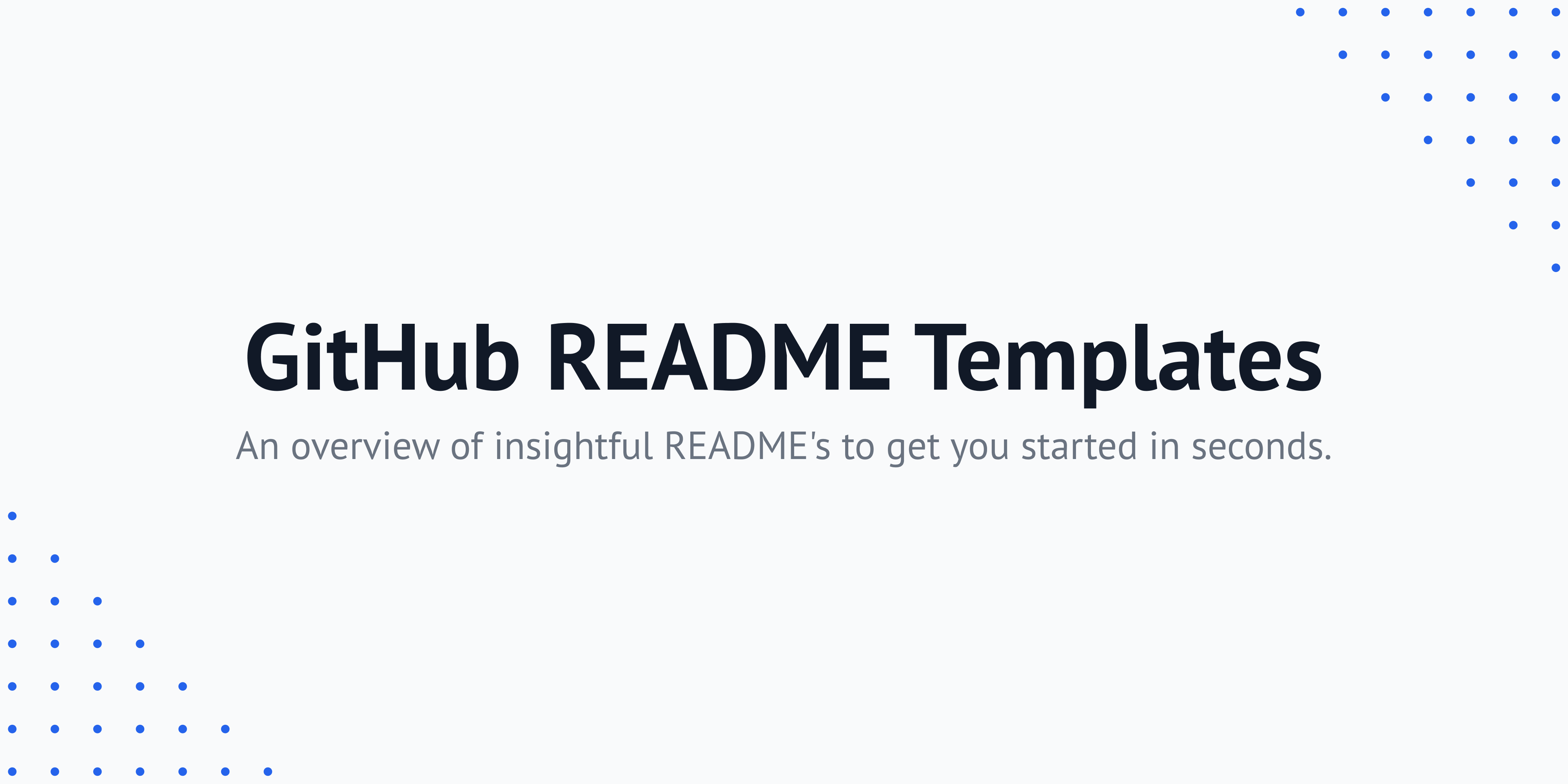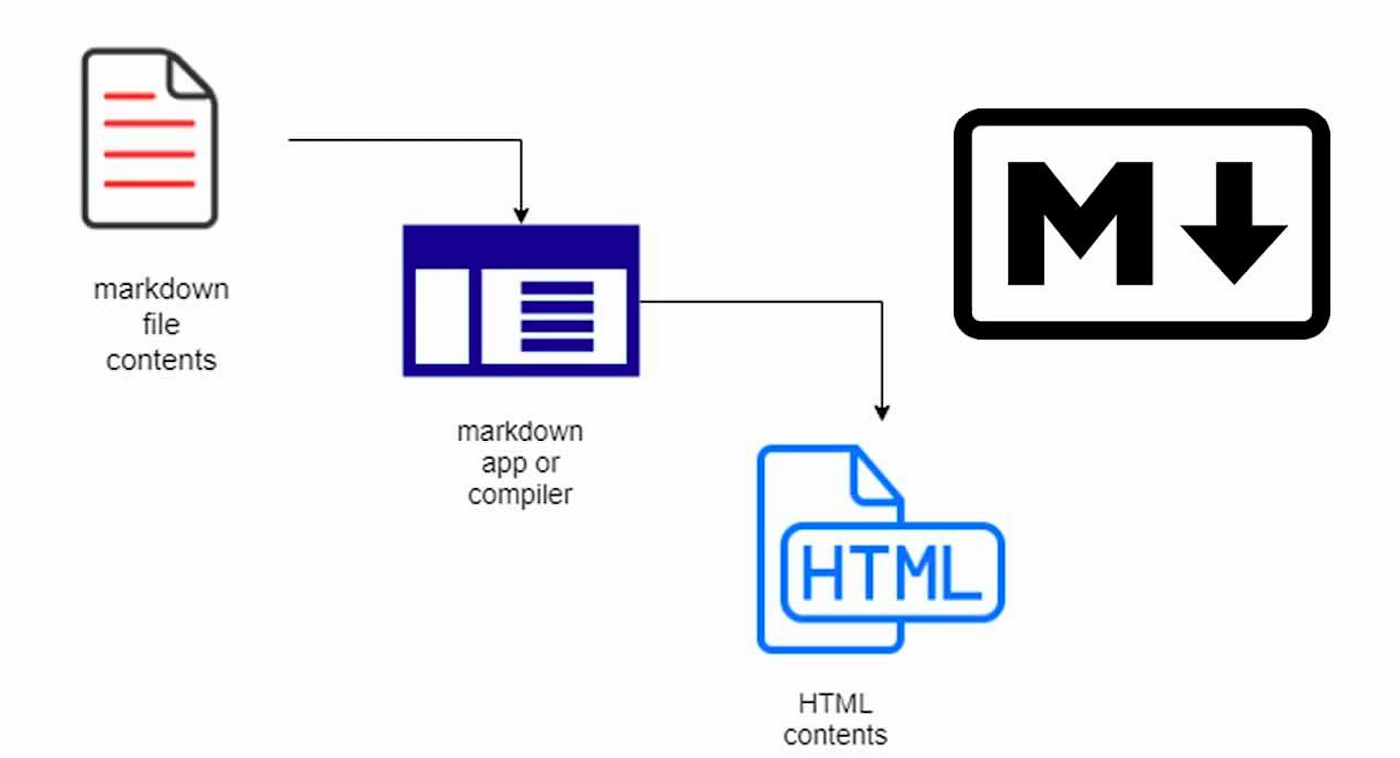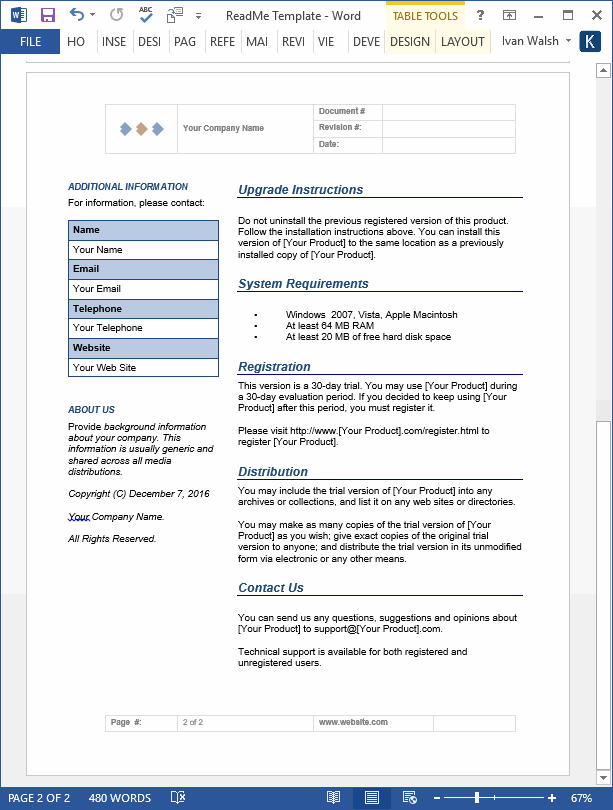A README file is a vital component of any software project, serving as a quick reference guide for users who want to learn more about the project and how to use it. A well-written README can be the difference between a user quickly understanding and adopting your software, or abandoning it in frustration.
The first thing a README should do is provide a clear and concise description of the software, including its purpose and any key features. This can be followed by a list of prerequisites or dependencies that are required for the software to run, as well as instructions on how to install and set up the software.
It's also important to include usage instructions, examples of how to use the software, and any relevant command line arguments or configuration options. If the software has a user interface, it can be helpful to include screenshots or GIFs to illustrate how to use it.
In addition to usage instructions, a README should also include information on how to contribute to the project, whether that be through code contributions, bug reports, or feature requests. This can include links to the project's issue tracker, code repository, and contribution guidelines.
Finally, it's a good idea to include information on the project's license and any third-party libraries or dependencies that are used. This is important for users to understand what they are allowed to do with the software, as well as for developers who may want to use the project as a starting point for their own work.
Overall, a good README file should provide a comprehensive overview of the software, including its purpose, usage instructions, and information on how to contribute and get involved. By following these guidelines, you can ensure that your README is clear, concise, and easy to understand, making it a valuable resource for users of your software.






